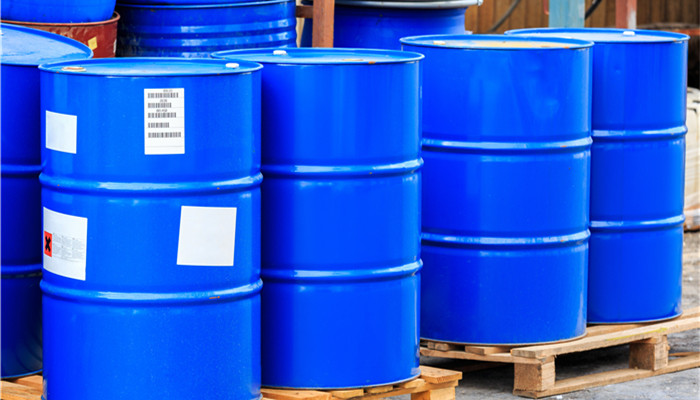
The development prospects of the guaiacol industry are good. In the future, local companies will need to continue to optimize the production process.
Guaiacol is o-methoxyphenol, also known as 2-methoxyphenol and o-hydroxyanisole. It refers to an aromatic compound with the chemical formula C7H8O2. It appears as a white or slightly yellow liquid at room temperature. Aromatic smell, toxic, slightly soluble in water and benzene, easily soluble in glycerol. Guaiacol is an important fine chemical intermediate, mainly used as an organic synthetic preparation in the fields of medicine, spices, pesticides, cosmetics, chemical industry and other fields.
Among them, fragrance is the main application field of guaiacol. In this field, guaiacol is mainly used in the production of vanillin and artificial musk. Vanillin is an important type of synthetic spices that is widely used in baked goods, snack foods, dairy products, cosmetics, beverages, feed, medicine and other fields. Its domestic market size will reach 150 million yuan in 2022. As the scale of the vanillin market continues to expand, the market demand for guaiacol as its raw material will continue to increase, and the output will continue to increase, and the market development prospects are good.
According to 《 “China’s Guaiacol Industry Market Monitoring and Future Development Prospects Research Report 2023-2027” shows that domestic guaiacol production in 2022 will be approximately 21,000 tons, a year-on-year increase 1.5%. Domestic guaiacol companies mainly include Cangzhou Tianyuan Chemical, Yabang Chemical, Hubei Jusheng Technology, Anhui Bayi Chemical, Liaoning Shixing Pharmaceutical, Lidex Chemical, etc. There are many companies, but most of them are small and medium-sized enterprises. The industry Concentration is low.
Currently, there are various methods for producing guaiacol in my country, which can be produced through biological methods, natural product extraction methods, and anthranilate methods. However, the sources of raw materials for the natural extraction method of guaiacol are limited, the production process is highly environmentally polluting, and the biological production technology is not yet mature. Therefore, the current mainstream method for industrial production of guaiacol is the anthranilate method.
The anthranilide method refers to using anthranilide as a raw material, diazotizing it with sodium nitrite in a low-temperature, acidic aqueous solution to form a diazonium salt, and then dropping it into an acid solution containing a copper sulfate catalyst. The method of producing guaiacol through hydrolysis has the advantages of easy availability of raw materials and mature production technology, but it also has problems such as low product yield and serious environmental pollution.
Under the background of increasing domestic environmental protection supervision, local companies are actively optimizing guaiacol production technology. At present, a variety of advanced technologies such as catechol method, cyclohexanone method, and epoxycyclohexane method have emerged. In the future, local companies will need to continue to improve their production processes and promote the continuous improvement of guaiacol supply capacity.
Industry analysts said that guaiacol is an important class of fine chemical intermediates that are currently used in medicine, food, spices, etc. It is widely used in various fields and has good prospects for industry development. There are various production methods for guaiacol, but the mainstream methods still have problems such as low product output rate and serious environmental pollution. In the future, local companies will need to continue to optimize related production processes to promote the continuous development of the industry.

 微信扫一扫打赏
微信扫一扫打赏

